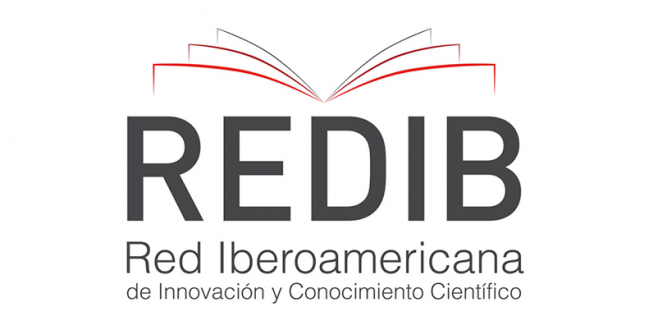Submissions
Submission Preparation Checklist
As part of the submission process, authors are required to check off their submission's compliance with all of the following items, and submissions may be returned to authors that do not adhere to these guidelines.- The authors have a registration on the ORCID platform (https://orcid.org) before submitting the manuscript for evaluation.
- The contribution is original and unpublished, and is not under review or for publication by another journal. Furthermore, the authors agree not to send the manuscript to another journal until an editorial decision has been made.
- At the time of submission, authors fill in all the required metadata, with particular attention to the full authorship of the manuscript, since the inclusion or exclusion of co-authors after submission is not permitted.
- Authors submit an anonymised manuscript + a Cover page, indicating all the information requested on the Cover page.
- Files for submission are in Microsoft Word, OpenOffice or RTF format (provided they do not exceed 2MB), according to the provided template.
- The manuscript scrupulously follows the standards and requirements described in the ‘Instructions for Authors’.
- If applicable, the authors ensure that informed consent and authorization for publication of images or any other information that identifies the participants in the study have been obtained. However, real names or clear face images of participants cannot be included.
- Whenever applicable, permission for use of copyrighted material was obtained;
- Authors have read and agree to the ‘Copyright Statement’.
- The author is aware that it is not permitted to submit a new article of his/her authorship (or in co-authorship) for evaluation while he/she has another active submission.
- The author declares that they have not used AI systems or makes a statement on the Cover Page about the nature and type of use made.
- If the manuscript does not comply with these requirements, it will automatically be returned to the author.
Copyright Notice
1. The authors preserve their authorship, without any fees, and grant the Portuguese Journal of Education (PJE) the right to the first publication. The work is licensed under Creative Commons Attribution License 4.0 CC-BY-SA that allows sharing the work with the acknowledgment of initial authorship and publication in this Journal.
2. The authors have the right to take additional contracts separately, for non-exclusive distribution of the published version of their work (e.g. to deposit in an institutional repository or as a book chapter), acknowledging the initial authorship and publication in this Journal.
3. The authors have the permission and are stimulated to post their work online (e.g. in an institutional repository or on their personal website). They can do this at any phase of the editorial process, as it may generate productive changes, as well as increase impact and article citation (see The Open Citation Project).
The work is licensed under Attribution-ShareAlike 4.0 International (CC BY-SA 4.0)
Privacy Statement
The names and email addresses provided in the journal's website will be used exclusively for the stated purposes of the journal and will not be made available for any other purpose or to any other party.




















